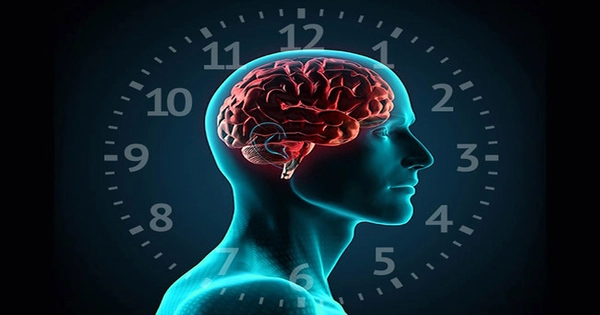Circadian rhythms are biological processes that occur on a 24-hour cycle and are primarily affected by light and darkness in an organism’s environment. These rhythms can be found in most living things, including animals, plants, and even some bacteria. The term “circadian” is derived from the Latin words “circa” (meaning “around”) and “diem” (meaning “day”).
It is the branch of science that studies biological rhythms and their adaptation to solar and lunar cycles. Circadian rhythms are the most well-known of these biological rhythms, as they refer to the roughly 24-hour cycles that regulate various physiological processes in living beings.
A circasemidian rhythm is a physiological arousal cycle that peaks twice in a 24-hour day. It’s also known as the semicircadian rhythm. Numerous studies have shown that human circadian rhythms in many measures of performance and physiological activity have a 2-peak daily (circasemidian) pattern.
The term circasemidian is derived from the Latin words circa (“about”), semi (“half”), and dia (“day”). As a result, this is a rhythm with two cycles per day, and some researchers have referred to it as the semicircadian rhythm. Circadian rhythms regulate many physiological and behavioral processes, including sleep-wake cycles, hormone production, and body temperature. The internal biological clock that governs these rhythms is located in the hypothalamus of the brain.
It usually serves to (1) deepen the pre-dawn nadir in body temperature and cognitive performance, (2) create a flat spot in the daytime increase in body temperature and cognitive performance (the “post-lunch dip”), and (3) heighten the early-evening peak in body temperature and cognitive performance. Broughton was the first to draw the attention of researchers to this aspect of human performance.
















